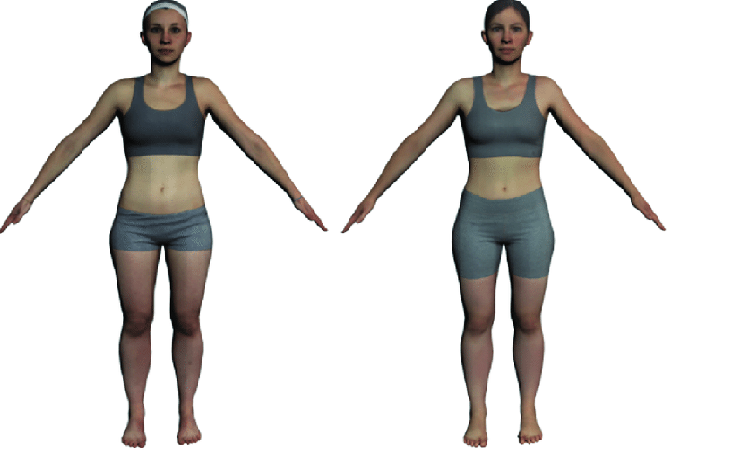


Necessary cookies are absolutely essential for the website to function properly.

This cookie is passed to Hubspot on form submission and used when deduplicating contacts. This cookie is used by HubSpot to keep track of the visitors to the website. It is used by Recording filters to identify new user sessions. It stores a true/false value, indicating whether this was the first time Hotjar saw this user. This is set by Hotjar to identify a new user’s first session. The data collected including the number visitors, the source where they have come from, and the pages visted in an anonymous form. The cookie is used to store information of how visitors use a website and helps in creating an analytics report of how the website is doing. This cookie is installed by Google Analytics. This cookie is used by Google Analytics to understand user interaction with the website. It appears to be a variation of the _gat cookie which is used to limit the amount of data recorded by Google on high traffic volume websites. This is a pattern type cookie set by Google Analytics, where the pattern element on the name contains the unique identity number of the account or website it relates to. The cookies store information anonymously and assign a randomly generated number to identify unique visitors. The cookie is used to calculate visitor, session, campaign data and keep track of site usage for the site's analytics report. It contains the domain, utk, initial timestamp (first visit), last timestamp (last visit), current timestamp (this visit), and session number (increments for each subsequent session). This cookie is set by Hubspot and is used for tracking visitors. These cookies help provide information on metrics the number of visitors, bounce rate, traffic source, etc. You can orbit around the generated figure and change the color, but the the ability to export the 3d figure is not currently available.Analytical cookies are used to understand how visitors interact with the website. This web site offers sliders to set known measurements and predict others to generate a body composition model. To generate this reference we use the Body Visualizer tool, created by a research group at the Max Planck Institute for Intelligent Systems. Our first hurdle was figuring out a way to get a reliable reference for body composition if given some known information (height/weight). It is not a trivial task to pose and import these realistic figures into SketchUp. However, there are occasions where realistic human features, such as a specific race, age, or body composition are critical to a story. We like these generic human figures because they are easy to adjust in real time when working in SketchUp, while ignoring facial expressions, hair, clothing, and other issues that could easily distract an audience.


 0 kommentar(er)
0 kommentar(er)
